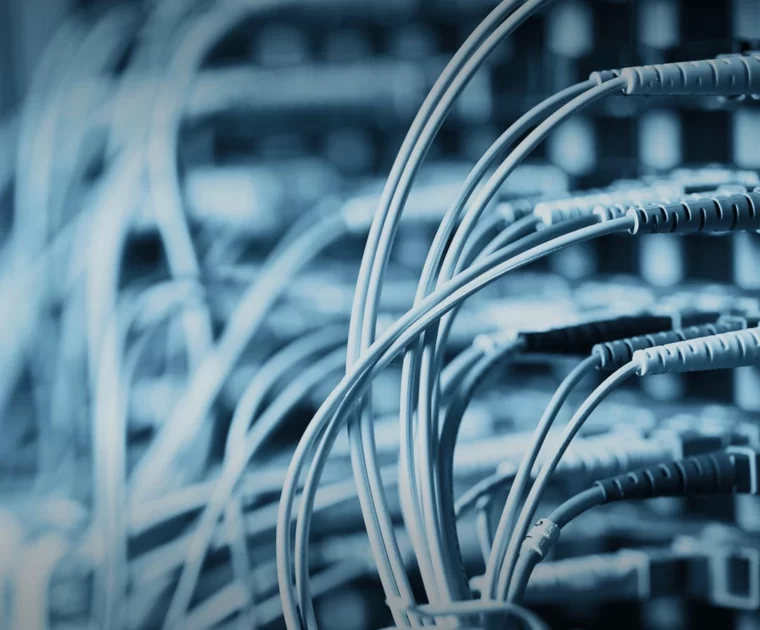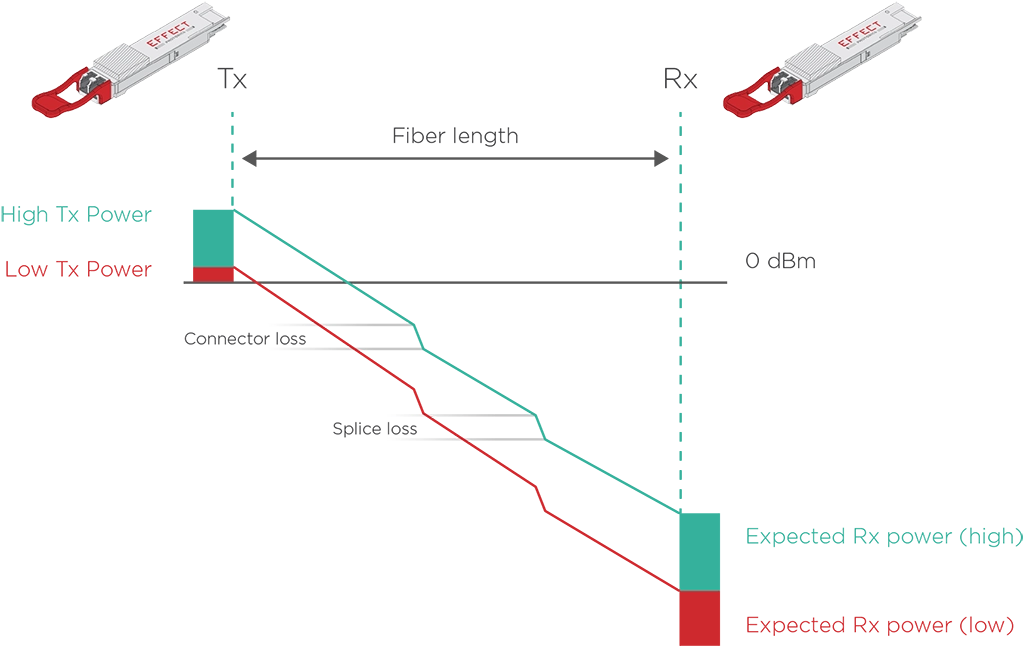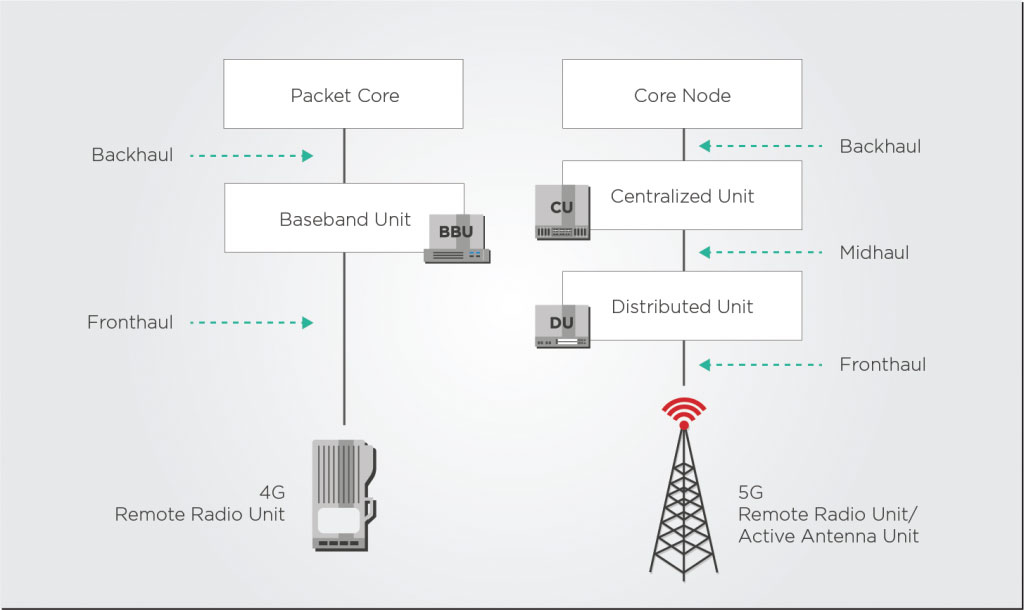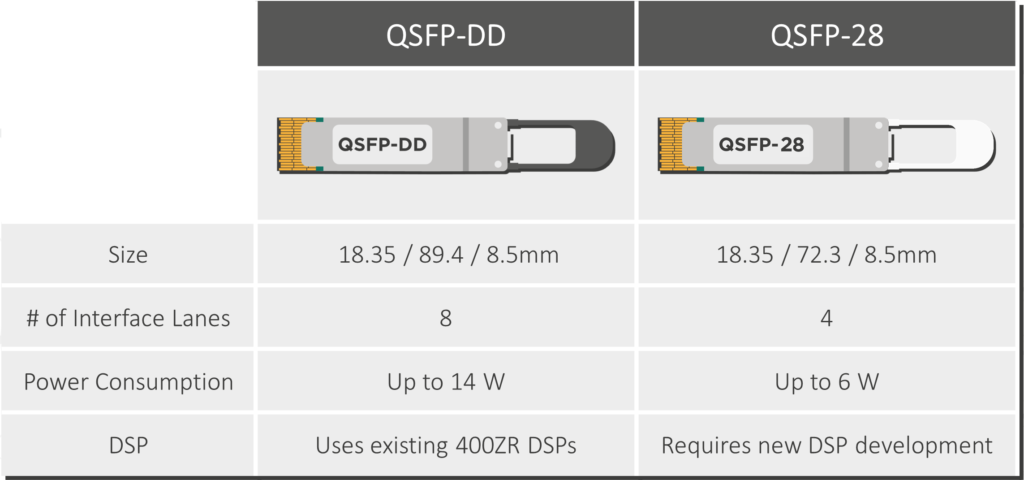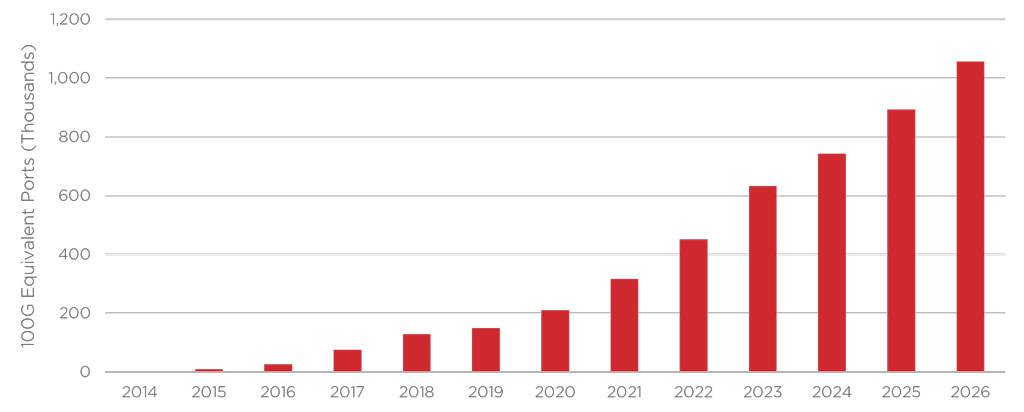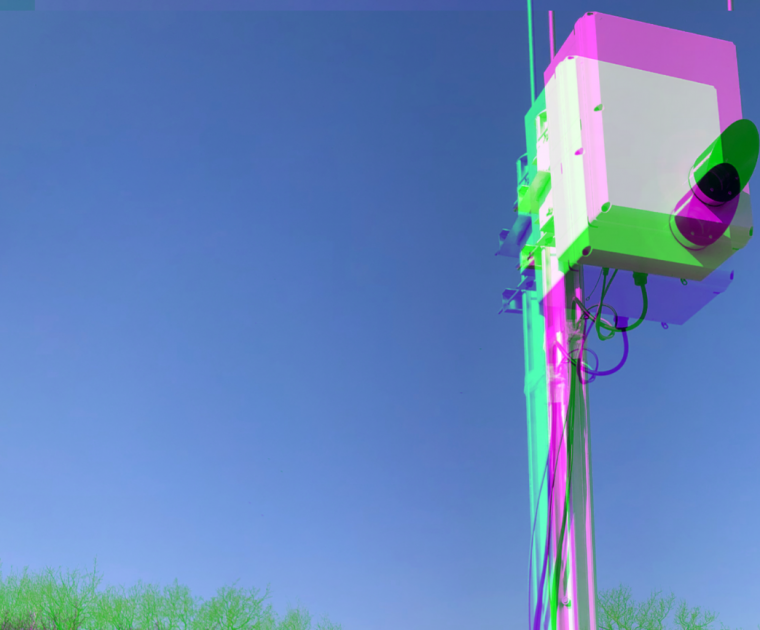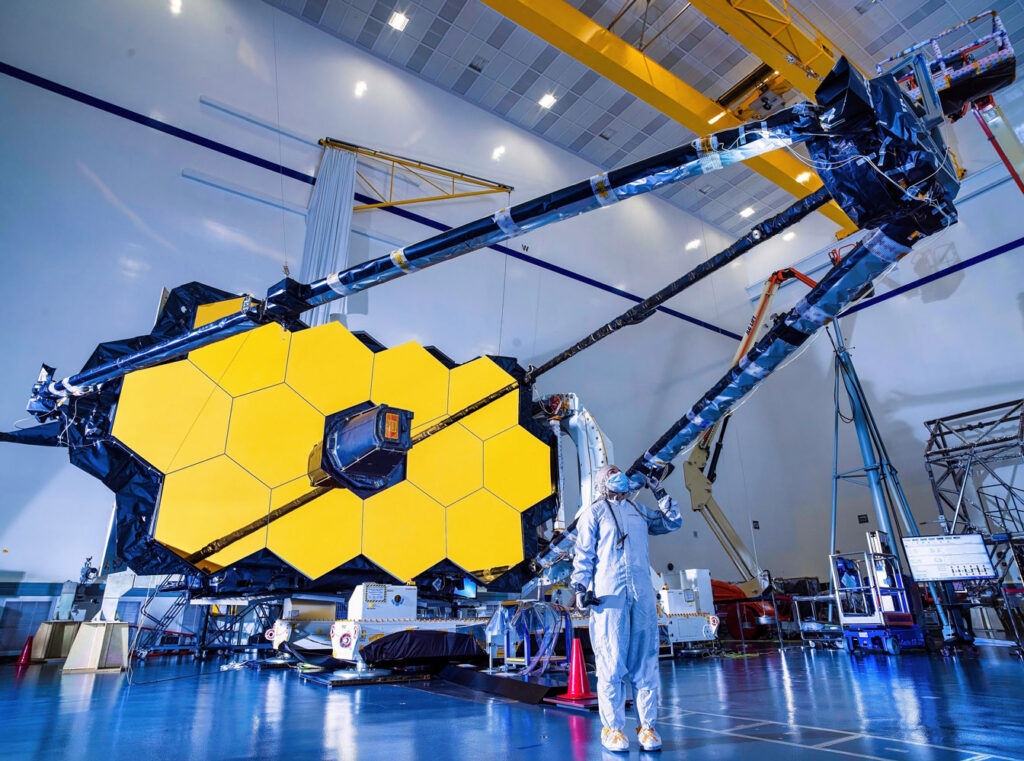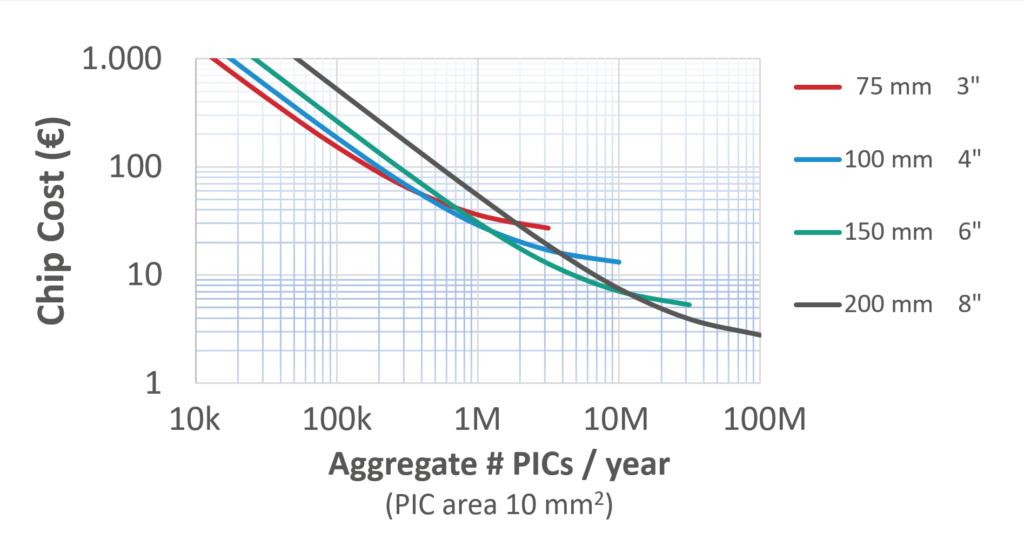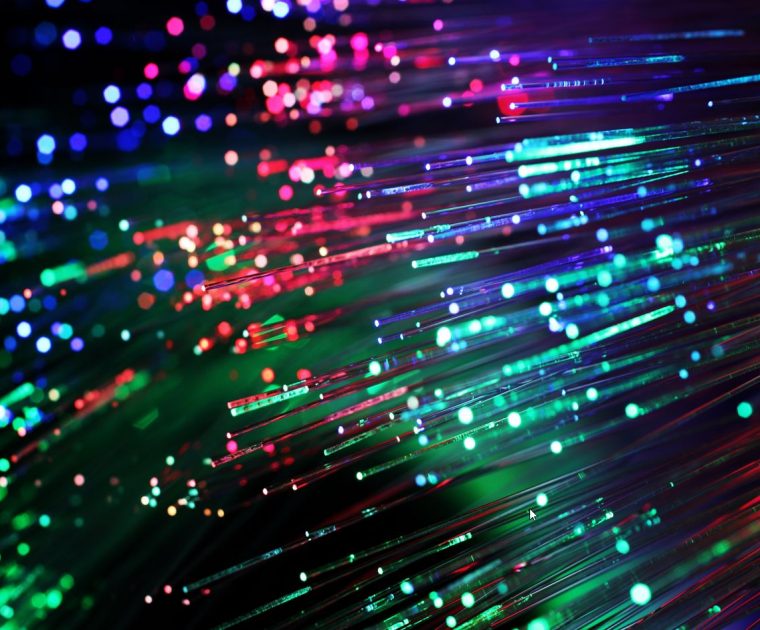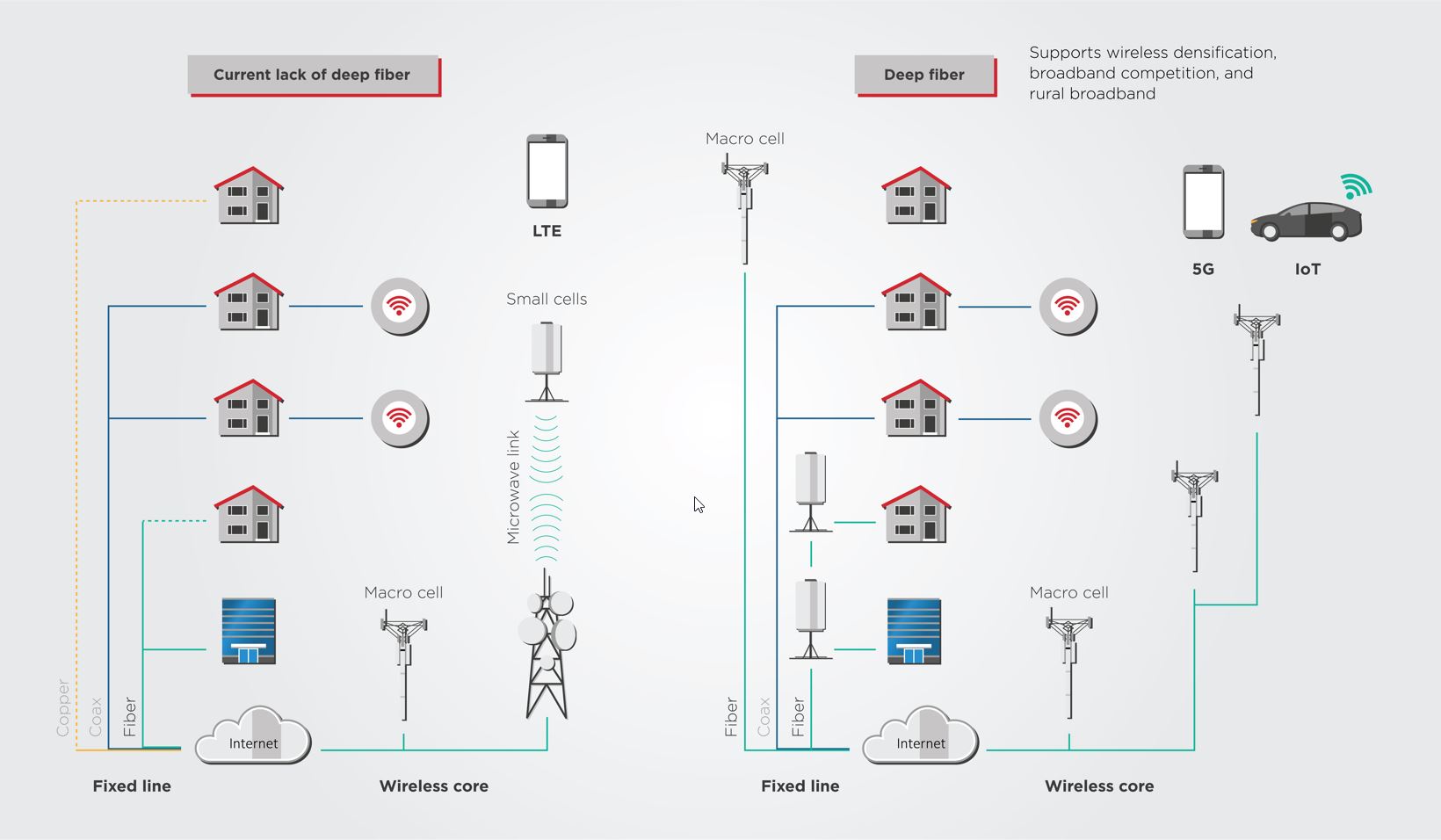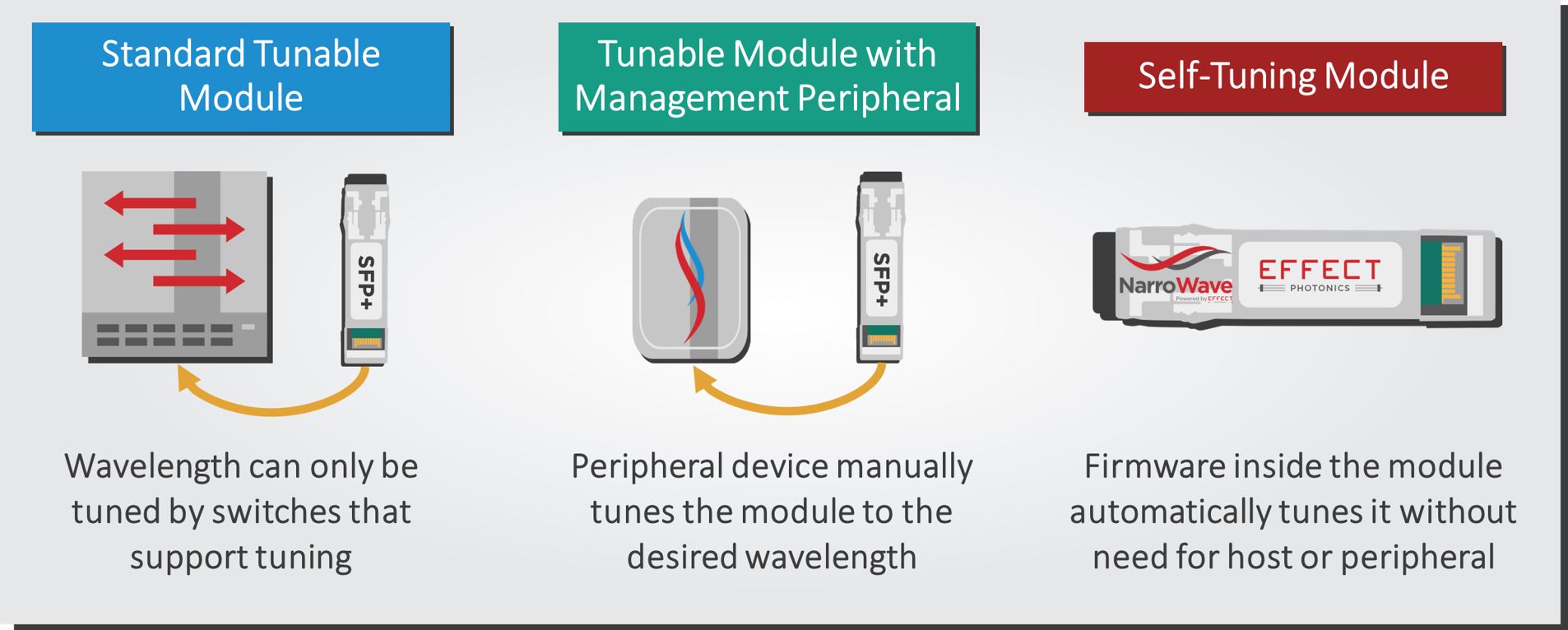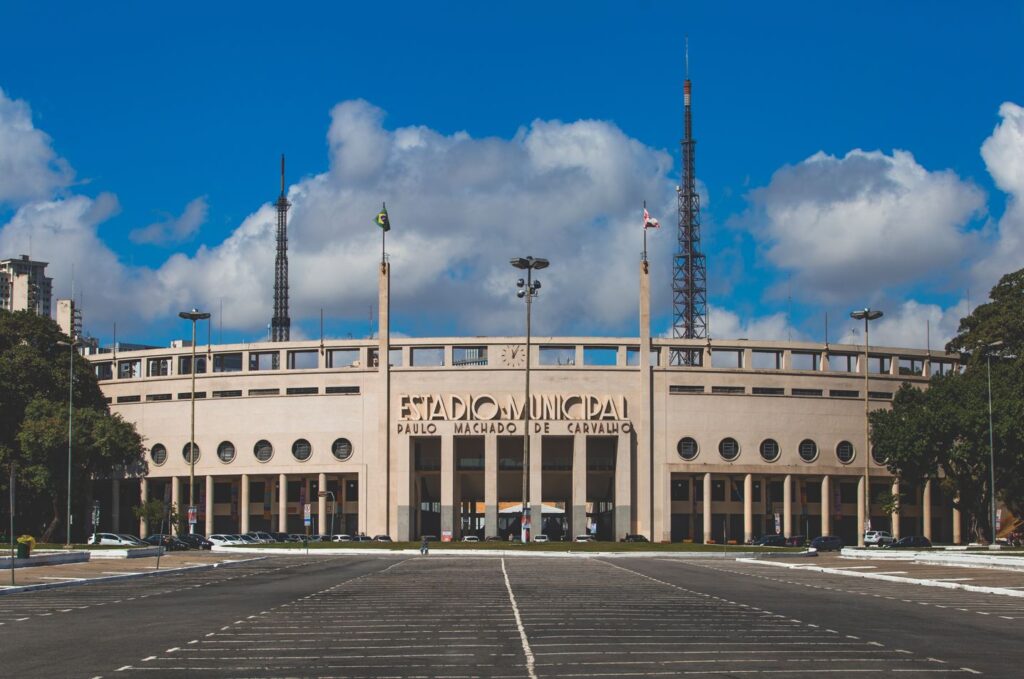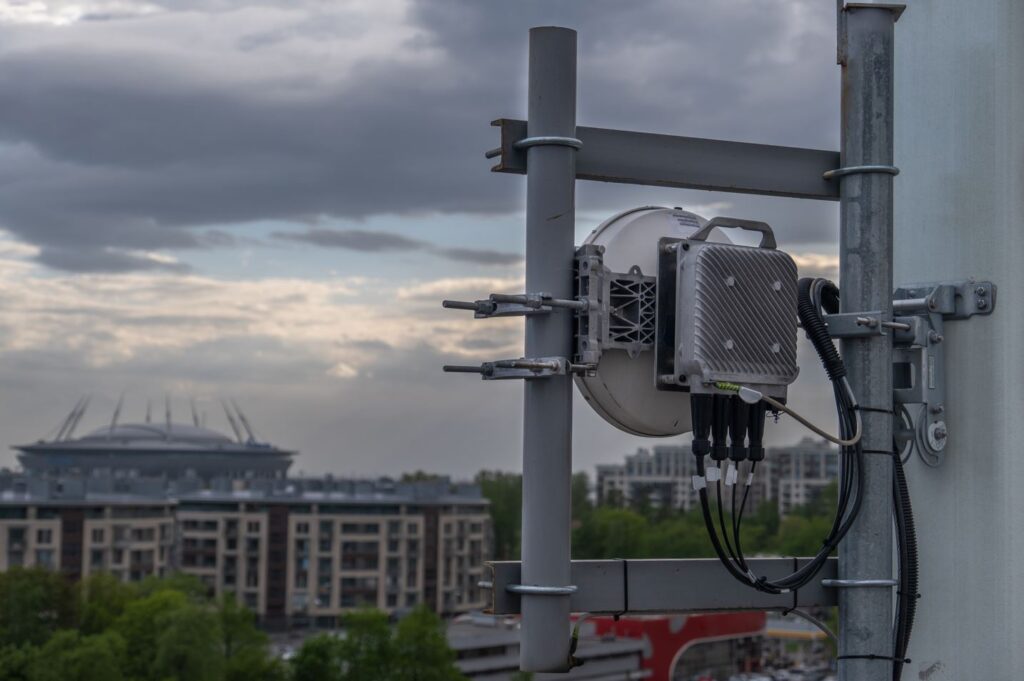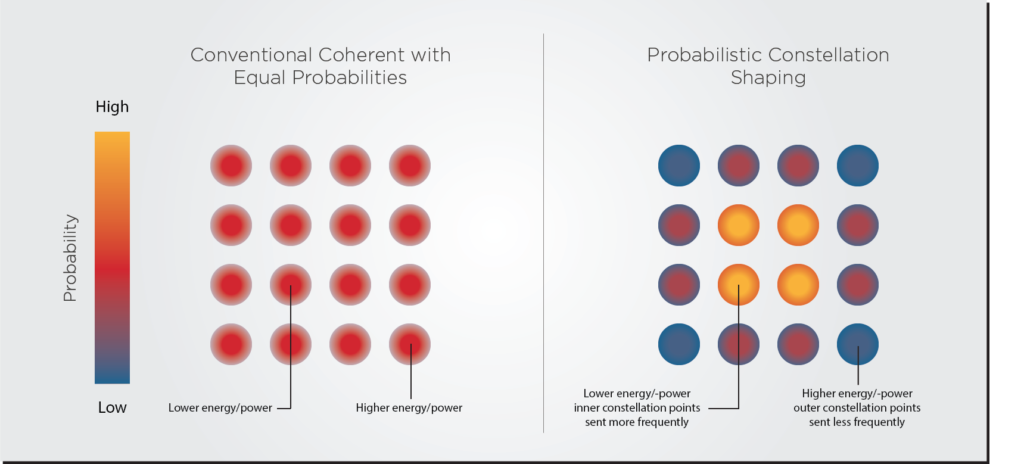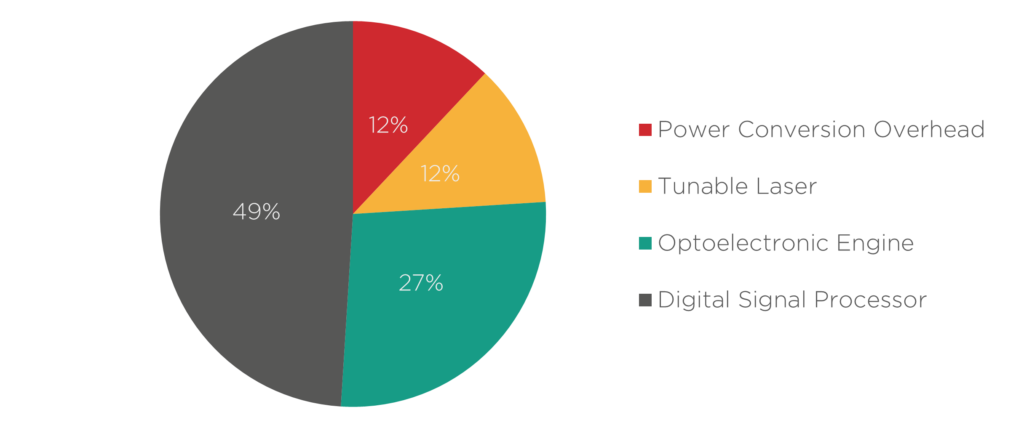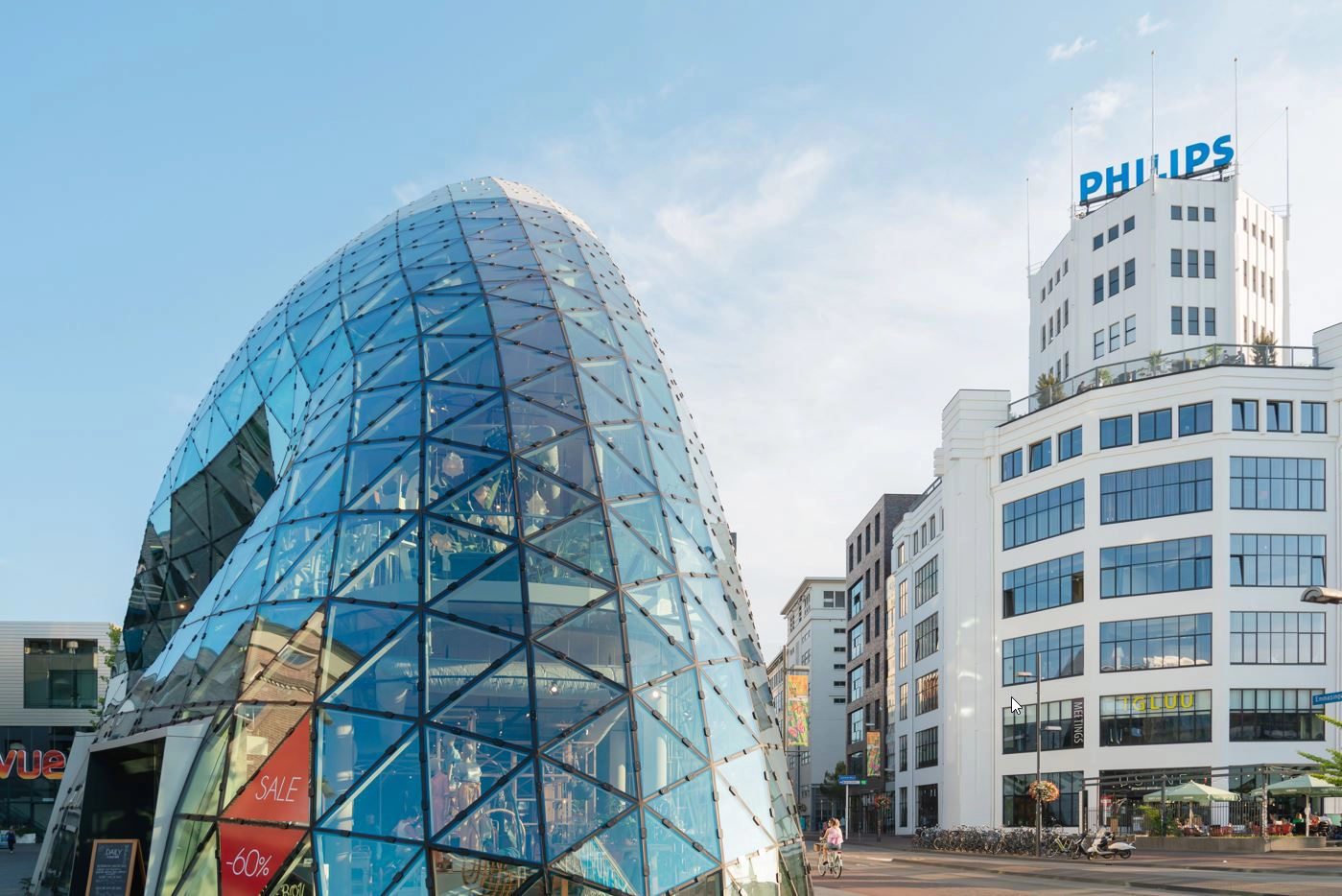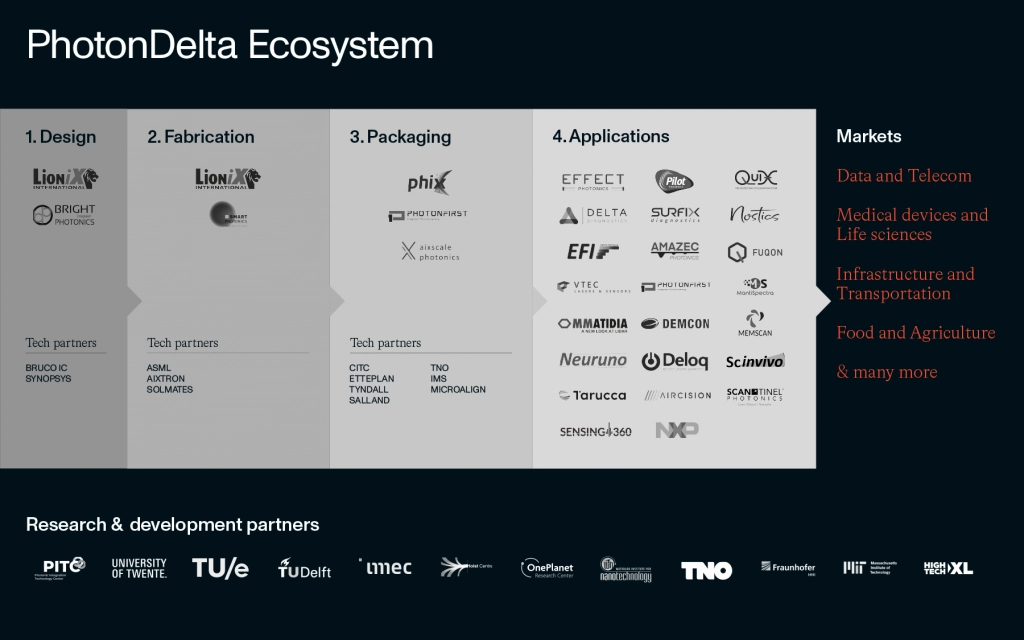The cost per bit is a metric directly impacting network operators’ economic viability and competitive…
The cost per bit is a metric directly impacting network operators’ economic viability and competitive positioning. It represents the expense of transmitting a single bit of information across a network, encompassing infrastructure, operations, and maintenance costs. Lower costs per bit enable providers to offer more data-intensive services at competitive prices, attracting more customers and increasing revenue. Additionally, optimizing this metric helps achieve higher efficiency and sustainability in network operations.
Different segments of a telecommunication network—core, metro, and access—prioritize the cost per bit differently due to their distinct roles and technical requirements. The core network, which connects major cities and data centers, handles high data volumes over long distances. Economies of scale play a significant role here, as reducing the cost per bit is crucial for maintaining profitability on the vast amount of data transmitted. This segment typically invests in high-capacity, longer-haul technologies that, while expensive, reduce the cost per bit through enhanced efficiency and higher data throughput.
Conversely, edge networks face different challenges and priorities. They must prioritize flexibility and adaptability to handle varying traffic loads efficiently. Reducing the cost per bit involves deploying technologies that can scale quickly and cost-effectively. The access segment of edge networks, which brings connectivity directly to end-users, focuses on maximizing coverage and reliability. Here, the cost per bit needs to be managed against the need for extensive physical infrastructure that reaches individual customers.
Coherent technology is often seen as more expensive than direct detection (IM-DD), but in this article, we will explore some ways in which the initial investment in coherent technology can help networks reduce their cost per bit.
Coherent Increases Transmission Reach
The quality of the light signal degrades when traveling through an optical fiber by a process called dispersion. The same phenomenon happens when a prism splits white light into several colors. The fiber also adds other distortions due to nonlinear optical effects.
These effects get worse as the input power of the light signal increases, leading to a trade-off. You might want more power to transmit over longer distances, but the nonlinear distortions also become larger, which beats the point of using more power.
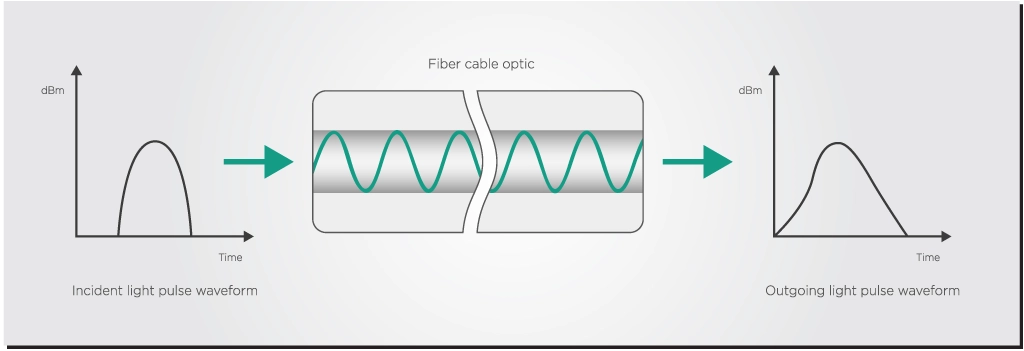
Coherent systems use sophisticated digital signal processing (DSP) technologies to automatically compensate for signal impairments, including chromatic and polarization mode dispersion. Coherent receivers are also highly sensitive, allowing them to detect signals over longer distances with higher fidelity than is possible with IM-DD systems. The dispersion compensation and increased sensitivity reduces the number of regenerative repeaters and other physical modules needed to boost the signal over longer distances.
Fewer repeaters mean lower energy consumption, reduced maintenance, and fewer operational disruptions, all contributing to a lower cost per bit. Additionally, the ability to transmit over extended distances without degradation in signal quality allows for more straightforward network architectures with longer point-to-point connections, simplifying the overall network design and further reducing costs
Coherent Increases Transmission Efficiency
Coherent systems use complex modulation formats that encode data on a light wave’s amplitude, phase, and polarization. By encoding multiple bits per symbol, these systems can transmit more data over a single wavelength than IM-DD, which primarily uses amplitude-only modulation, rather than just the intensity. This allows more bits to be transmitted per symbol, effectively increasing the data-carrying capacity of a single fiber.
Such efficiency can allow a single coherent channel to replace the work of several IM-DD channels. In our previous article, we provided an example of a single 100Gbps coherent channel replacing the link aggregation of four 10Gbps IM-DD channels found in some access and aggregation network architectures.
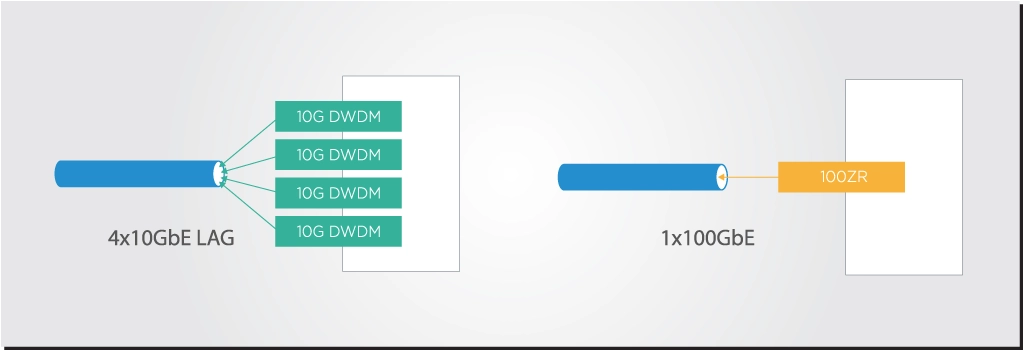
This substitution would replace eight SFP+ transceivers with just two coherent 100G transceivers, simplifying network configuration and operation. It more than doubles the capacity of 4x10Gbps link aggregation, allowing the network to handle more data traffic while reducing the required physical infrastructure, effectively reducing the cost per bit.
You can consult the recent Cignal AI report on 100ZR technologies to gain further insight into this link aggregation upgrade’s potential market and reach.
The Synergy with WDM Technology
Dense Wavelength Division Multiplexing (DWDM) is an optical technology that dramatically increases the amount of data transmitted over existing fiber networks. Data from various signals are separated, encoded on different wavelengths, and put together (multiplexed) in a single optical fiber.
The wavelengths are separated again and reconverted into the original digital signals at the receiving end. In other words, DWDM allows different data streams to be sent simultaneously over a single optical fiber without requiring the expensive installation of new fiber cables. In a way, it’s like adding more lanes to the information highway without building new roads!
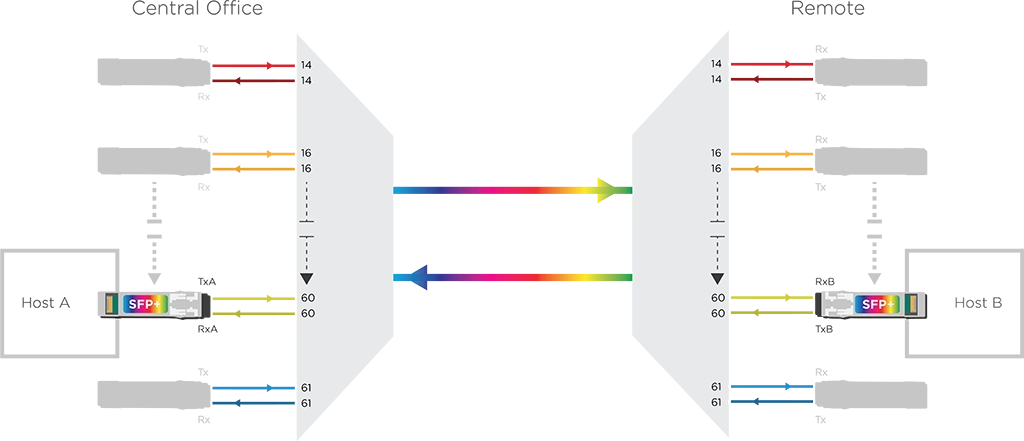
The tremendous expansion in data volume afforded with DWDM can be seen compared to other optical methods. A standard transceiver, often called a grey transceiver, is a single-channel device – each fiber has a single laser source. You can transmit 10 Gbps with grey optics. Coarse Wavelength Division Multiplexing (CWDM) has multiple channels, although far fewer than possible with DWDM. For example, with a 4-channel CWDM, you can transmit 40 Gbps. DWDM can accommodate up to 100 channels. You can transmit 1 Tbps or one trillion bps at that capacity – 100 times more data than grey optics and 25 times more than CWDM.
While the upgrade to DWDM requires some initial investment in new and more tunable transceivers, the use of this technology ultimately reduces the cost per bit transmitted to the network. Demand in access networks will continue to grow as we move toward IoT and 5G, and DWDM will be vital to scaling cost-effectively. Self-tuning modules have also helped further reduce the expenses associated with tunable transceivers.
Takeaways
Coherent systems minimize the need for frequent signal regeneration by compensating signal dispersion and enhancing signal reach. This simplifies network architecture and contributes to a lower cost per bit. Additionally, by employing complex modulation techniques, coherent technology maximizes the data capacity per wavelength, potentially replacing multiple IM-DD systems with a single coherent channel. This can further streamline network operations and reduce expenses.
The synergy of coherent technology with Dense Wavelength Division Multiplexing (DWDM) can multiply the data throughput of existing fiber infrastructures without requiring new infrastructure installations. Overall, while coherent technology involves a higher upfront investment compared to IM-DD systems, it can lower the cost per bit by enhancing the efficiency, reach, and capacity of data transmission.
Tags: capacity, channels, Coherent technology, cost per bit, data, dispersion, DWDM, EFFECT Photonics, efficiency, fiber, IM-DD, infrastructure, modulation, multiplexing, network, operations, reach, signal, systems, technology, transmission
